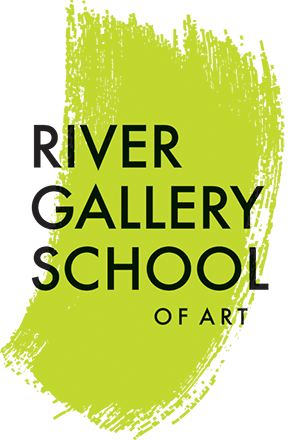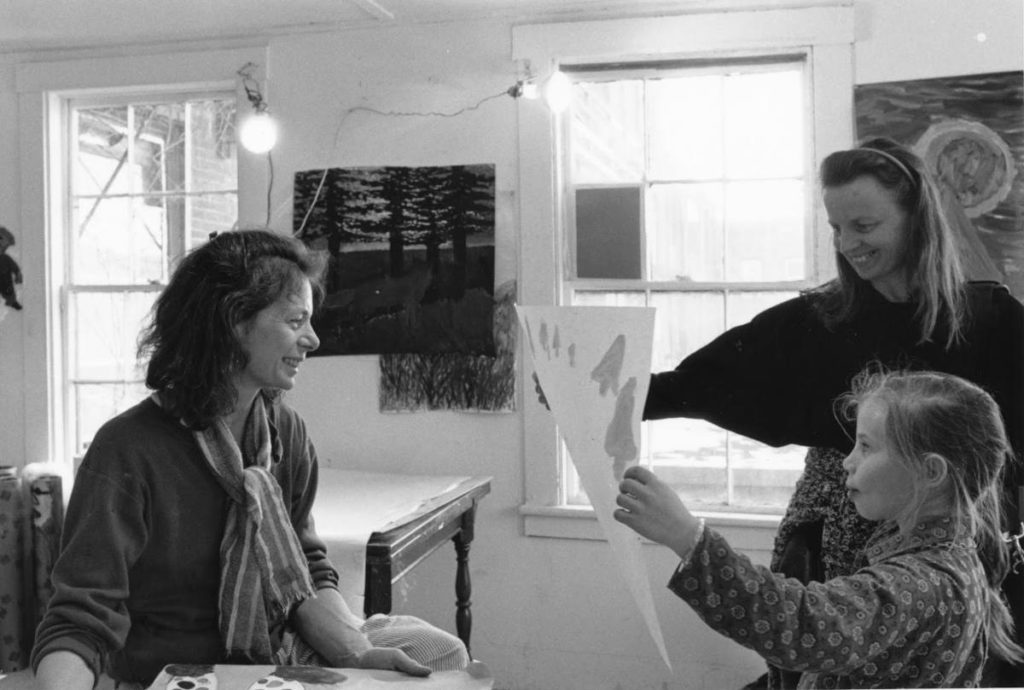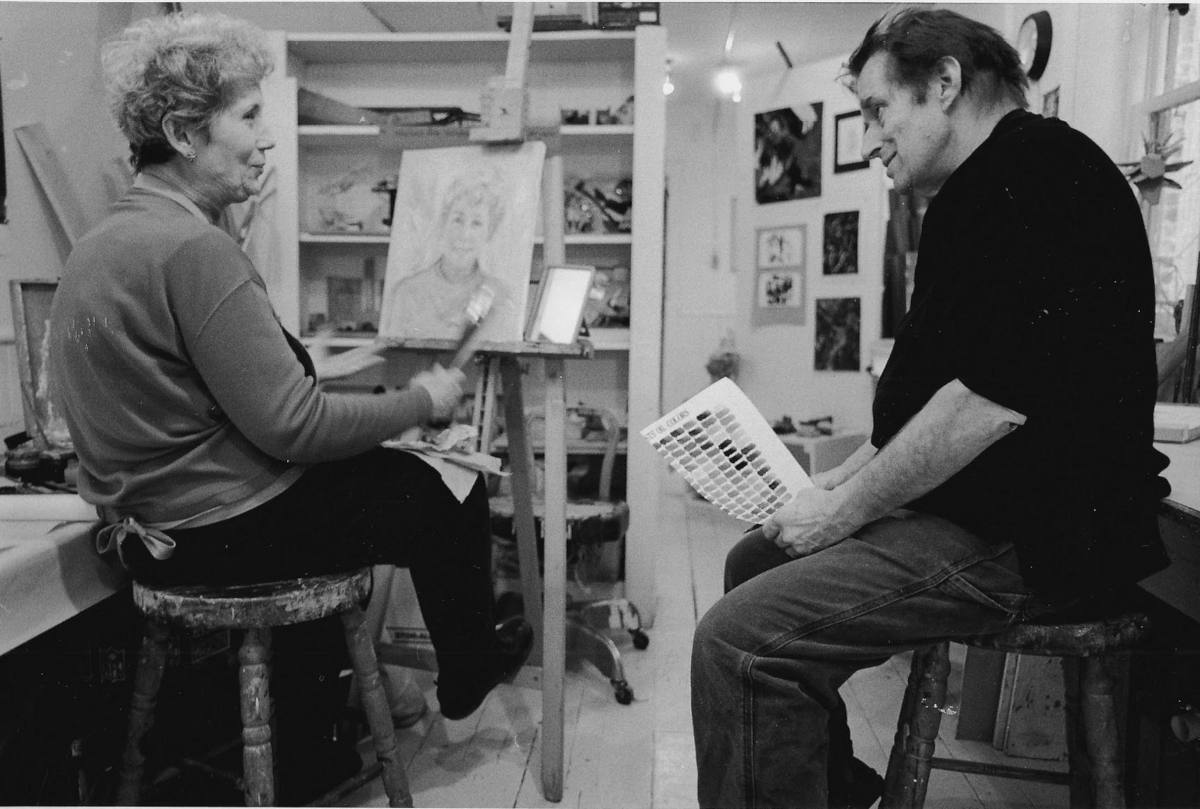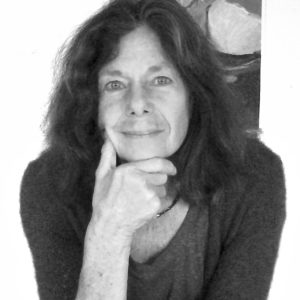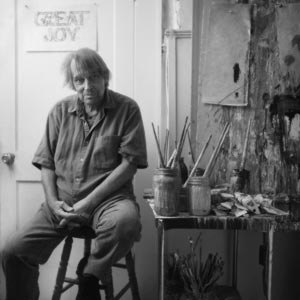Our History
In 1976, Ric Campman and Barbara Merfeld Campman founded the River Gallery School with after-school classes for children in the Ingenuity Shops on Putney Road in Brattleboro, Vermont. Their desire was to have a space where people could connect to their innate creativity and express themselves through art making. Classes for adults and teens followed, and as the school grew, we moved to our present light filled studios on Main Street. In recent years, the school has expanded both its curriculum and its space. Each year has brought a deepening of the school’s vision and of its commitment to the community through collaborations and outreach programming. Throughout all the changes and growth, our commitment to helping people express themselves and find joy through art has remained constant.
